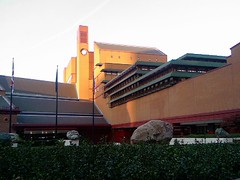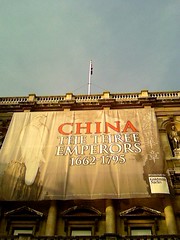Lily Silberberg’s story might be that of the 20th century – the good side of the period, not its darker hue. She was born in London in 1929, to Jewish parents whose had fled Russia after the Revolution. Her father was a “journeyman tailor”, her mother an outworker spending her evenings sewing buttonholes late into the night by the light of a gas lamp.
Yet by the time Lily retired, well into her seventies, she had a full, satisfying, successful career behind her. She’d been a respected higher education lecturer, published a book, The Art of Dress Modelling, and spent the last years of her working life teaching her skills to the Bangladeshi community in Tower Hamlets.
Not bad for a girl who’d at the age of 13 had been sent by her parents – no doubt scraping hard for the fees – to the then Barrett St Technical College (now the London College of Fashion) for a two-year course “intended to take the place of an apprenticeship”. (Gentility came with an optional course in French, two hours a week.)
She’d been a star pupil, yet Lily speaks of the shock of going on to the factory floor. “The standards I’d been taught were of the highest haute courture, the standard of the Queen’s coronation robe. But there had been a war and a revolution in the garment industry. … They would shout at me in the factory: ‘Time is money.’ Can you imagine a bit of confusion?”

Some of her earliest efforts, tremendous labour for such small results, are on display in the British Library’s Fashion Lives exhibition. There’s a neat bunch of red roses embroidered on a handkerchief, made with, we are told, “material of a nightdress that belonged to her mother”.
But there’s a lot more to the exhibition than objects, books and pictures, fabulous as some of those are.
Continue reading
 Almost everything in this extensive exhibition was made to the greater glory of these three men, or for their entertainment**. They appear again and again in different guises, sometimes as fervent Buddhists, sometimes as hunt-obsessed leaders of fierce nomads, sometimes as sober Confucian scholars. (Although the extremely formidable-looking Xiaosheng, Empress Dowager, painted in 1751 for her 60th birthday, does get an airing in this first room.)
Almost everything in this extensive exhibition was made to the greater glory of these three men, or for their entertainment**. They appear again and again in different guises, sometimes as fervent Buddhists, sometimes as hunt-obsessed leaders of fierce nomads, sometimes as sober Confucian scholars. (Although the extremely formidable-looking Xiaosheng, Empress Dowager, painted in 1751 for her 60th birthday, does get an airing in this first room.)